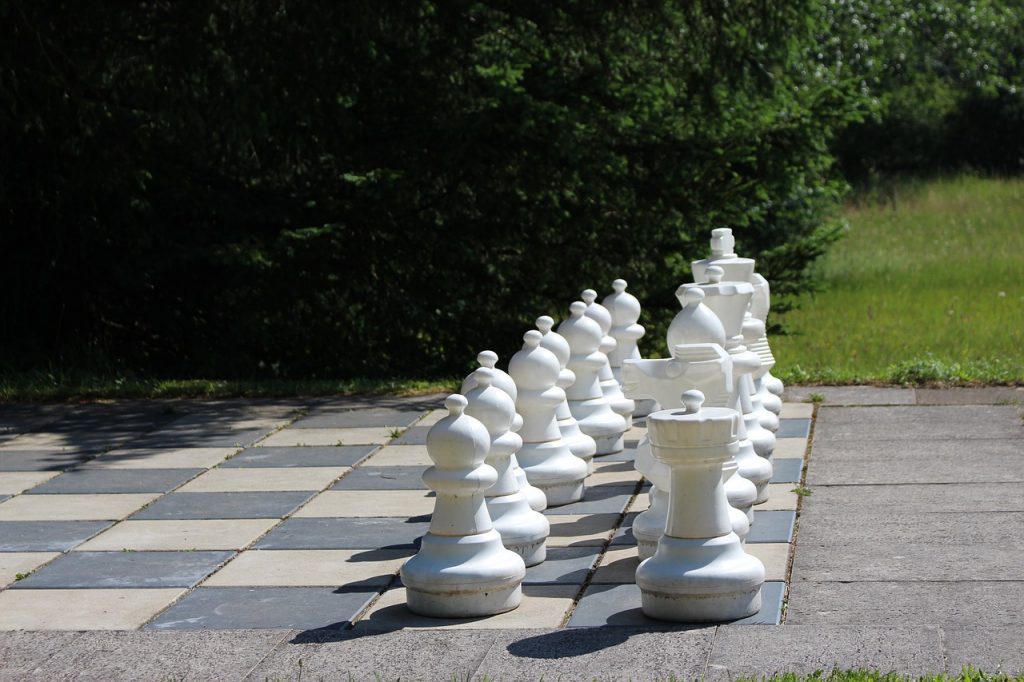Table of Contents
Budapest gambit
The Budapest Gambit is an interesting variation for black in which he rapidly plays for more than an equal position. This kind of position is always somewhat risky, and this strategy will not always be the best for black.
But in case you need to play for a win, this is a good way to confuse your opponent a little bit and winning an advantage quickly. The Budapest gambit has been cataloged as suspicious for many masters.
But many of them have also approved of his ways, and some masters have taken this opening to succeed. You need to respect all the openings that exist, no matter how weird, because all of them have ideas behind the moves.
Prepare, the Budapest gambit could be an effective weapon against any unaware player. And if you don’t know the theory with white you could fall for some cool traps that you won’t ever forget.
If you want to master the secrets of the Budapest gambit you should read this post until the end. We will have a look at the basic theory, some traps and tricks, ideas of the Budapest gambit, and some sample games.
The main lines of the Budapest gambit

To get into the Budapest gambit white needs to cooperate with some moves, but these are actually very common. The mainline goes like this: 1.d4 Nf6 2.c4 e5 and the Budapest gambit is on the board.
Here we have to make the first stop because here comes the best decision. If you are white taking the pawn at e5 is forced, you can also play e3, but black simply takes or pushes e4, either way, is already better than you.
So 1.d4 Nf6 2.c4 e5 3.dxe5 and now there are two important options:
- Ng4 is the mainline
- Ne4 is an interesting line that we will also consider
First, 3… Ng4 is the most logical move to put pressure on the e5 pawn, and in this opening, this pawn will be so important. Here we will start a fight to have our pawn back, and at some point, white will run out of ways to defend this pawn.
For example, 1.d4 Nf6 2.c4 e5 3.dxe5 Ng4 4.Nf3 Nc6 (More pressure to the pawn) 5.Bf4 Bb4+ and here we have another important decision. White’s next move is very important, and why? Options are:
- Nbd2
- Nc3
Nbd2 will keep the pawn structure healthy but blocks the action of the queen in the d-file, so now black plays Qe7 and the e5 pawn is lost. There is no way to defend it, the full game with this variation would like this:
1.d4 Nf6 2.c4 e5 3.dxe5 Ng4 4.Nf3 Nc6 5.Bf4 Bb4+ 6.Nbd2 Qe7 7.a3 Bxd2+ 8.Qxd2 Ngxe5 And black has recovered the pawn, his position is not bad.
But now, what happens if Nc3 instead? This is a more active move, that assumes the doubled pawns in the c-file, but doesn’t block the queen, now things are different, for example:
1.d4 Nf6 2.c4 e5 3.dxe5 Ng4 4.Nf3 Nc6 5.Bf4 Bb4+ 6.Nc3 Qe7 7.Qd5 O-O 8.h3 (Now things get complicated for black) Nh6 9.Rc1 d6 10.exd6 cxd6 It becomes different.
However, black can improve its play: Instead of 6… Qe7 could go with 6… Bxc3+ 7.bxc3 Qe7 8.Qd5 f6 before white plays h3 and destroys us.
This allows white to keep the extra pawn, of course, black has some compensation too, the weaknesses on the c-file. But now is up to the players to decide which factors will determine the winner of the game!
The second move 3… Ne4 for black doesn’t put any pressure on the e5 pawn but also has its idea. It’s looking for the exchange of some pieces by Bb4+ which also helps black to gain equality.
Here an interesting move by white is 4.a3 preventing black’s plan! But actually the mainline goes like this: 1.d4 Nf6 2.c4 e5 3.dxe5 Ne4 4.Nf3 Bb4+ 5.Nbd2 Nc6 6.a3 Bxd2+ 7.Bxd2 Nxd2 8.Qxd2 Qe7 9.Qc3 (White defends the pawn black will not be able to recapture it, but he has some tricks up his sleeve) b6 10.e3 Bb7 11.Be2 O-O-O 12.O-O f6 It’s an interesting way to play.
Now we got ourselves an opposite castle position in the Budapest gambit, in which changes may be equal, this is just a suggestion, it looks fun!
Budapest gambit sample games

We will have the honor of having GM Mamedyarov and Richard Rapport teach us how to play the Budapest gambit!
Now, let’s have a look at a different approach by GM Rapport!
You may also like:






